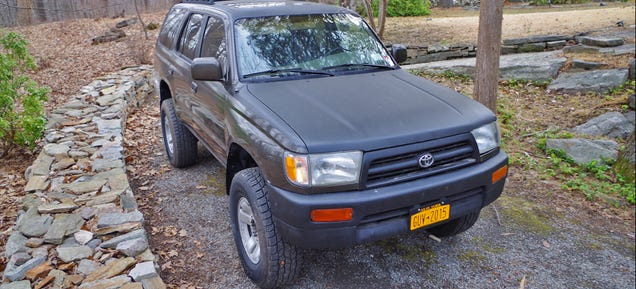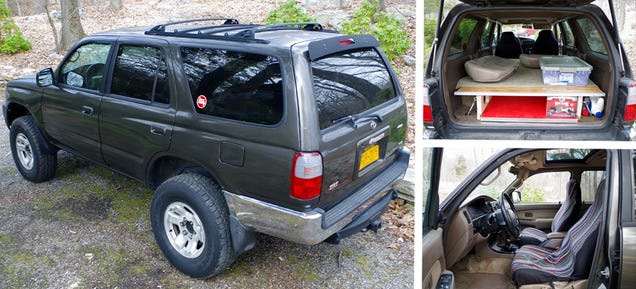I’ve been writing on wines and spirits for over 15 years, and living in Vermont for even longer, but the two have never had much in common – until now.
Unlike vodkas made from Maple syrup or even lactose (really), WhistlePig, which is bottled on a farm in rural Shoreham, Vermont, is not just another marketing gimmick – according to many critics it is the best rye whiskey in the world.

As I reported recently with the launch of a high-end rye from boutique bourbon maker Knob Creek, super-premium rye is the hot new spirits category. America’s favorite before Prohibition, rye is again all the rage among bartenders heralding a return of classic cocktails like the Manhattan and Old Fashioned. But WhistlePig is almost too good for this, and can be appreciated on its own.
Introduced in mid-2010 and made in very limited quantity (1000 cases), the story behind WhistlePig is unique. Industry legend Dave Pickerell, the longtime Master Distiller for the renowned Maker’s Mark bourbon distillery in Kentucky, decided to devote himself to a quest for the best rye possible, the next evolution of boutique bourbons. He wandered the earth trying rye whiskies, until he found what he considered its finest expression in the form of a new Canadian version, made from nothing but rye grain (law requires the majority of starch to be rye in order to be labeled rye whiskey, just as it requires 51% corn for bourbon, but pure ryes are rare).
For various reasons, including the fact that rye grain is considerably more expensive than corn, but also because a straight rye distillation is very tough on equipment, gumming it up with sticky residue, few distillers have bothered with pure rye whiskey. But the Canadians solved the sticky problem with two solutions, using malted rye and by developing a special strain of yeast-like fungus for distillation (for much more detail on this issue, check out this article from a great site devoted entirely to Canadian whiskies).
So Pickerell teamed up with WhistlePig founder Raj Bhakta, a former contestant on The Apprentice, who purchased a two century old working farm in Shoreham and renamed it WhistlePig Farm and began growing his own rye. Bhakta purchased the incredible Canadian rye whiskey, still in bulk storage, brought it back to Vermont, hand bottled it, and it blew critics away with rave reviews. At the same time, Bhakta and Pickerell, now Master Distiller for WhistlePig, have set up their own distillery on the farm and are working towards producing their rye from start to finish going forward.
But where it is made is not nearly as important as how it tastes.
Pickerell fell in love with the stuff because of its strength, purity (100% rye grain) and maturity – he calls the combination of proof and purity 100/100 and along with 10 years of aging in new American oak barrels, claims it hits “the sweet spot” in all three categories. I think he is right, and the balance between the higher than usual strength, higher than usual purity, and lengthy aging is perfect. It certainly does not taste like 100 proof, or half alcohol, because the woodiness for the aging perfectly balances the strength. It’s got just a hint of herby spice, maybe a little mint or cinnamon, but nowhere as much as many whiskies and less spicy zing than most ryes. Rather it j tastes of grain, its essential component, in a good, earthy, bread-like way, with the caramel-rich mouth feel of well-aged whiskies. I hesitate to call it straightforward, because that makes it sound simple, but its straightforward – it tastes like rye.
I’m not the only one who likes it. When the first batch was just released in mid-2010, it immediately earned a whopping 96-point rating from Wine Enthusiast – the highest rating the prestigious magazine has ever given to a rye. The Tasting Panel magazine gave it 94, and F. Paul Pacult’s acclaimed Spirit Journal gave it the highest possible 5-star rating. Details magazine simply called it “America’s Best New Whiskey,” while the Wall Street Journal named it one of the top five whiskies of the year. There was no shortage of other accolades.

And the odd name? Well to really appreciate that, you have to listen to the funny story in first person audio from Bhakta on WhistlePig’s website, but hey, it’s as good as lots of names, and to go with it, they created a suitable logo which reminds me of the Monopoly board game guy crossed with a pig. If I’m going to buy a $70 bottle of rye from anyone, it’s as likely as not to be a cartoon high-roller pig with a top hat and cigar.
But seriously, as whiskey lovers continue to enthusiastically embrace WhistlePig, there is likely to be a lag between the sellout of the limited first batch and future production, so hesitation might not be the best strategy.



















 than any corn-based whiskey.
than any corn-based whiskey.


